Home>Interior Design>Organizing Tupperware: How To Organize Tupperware
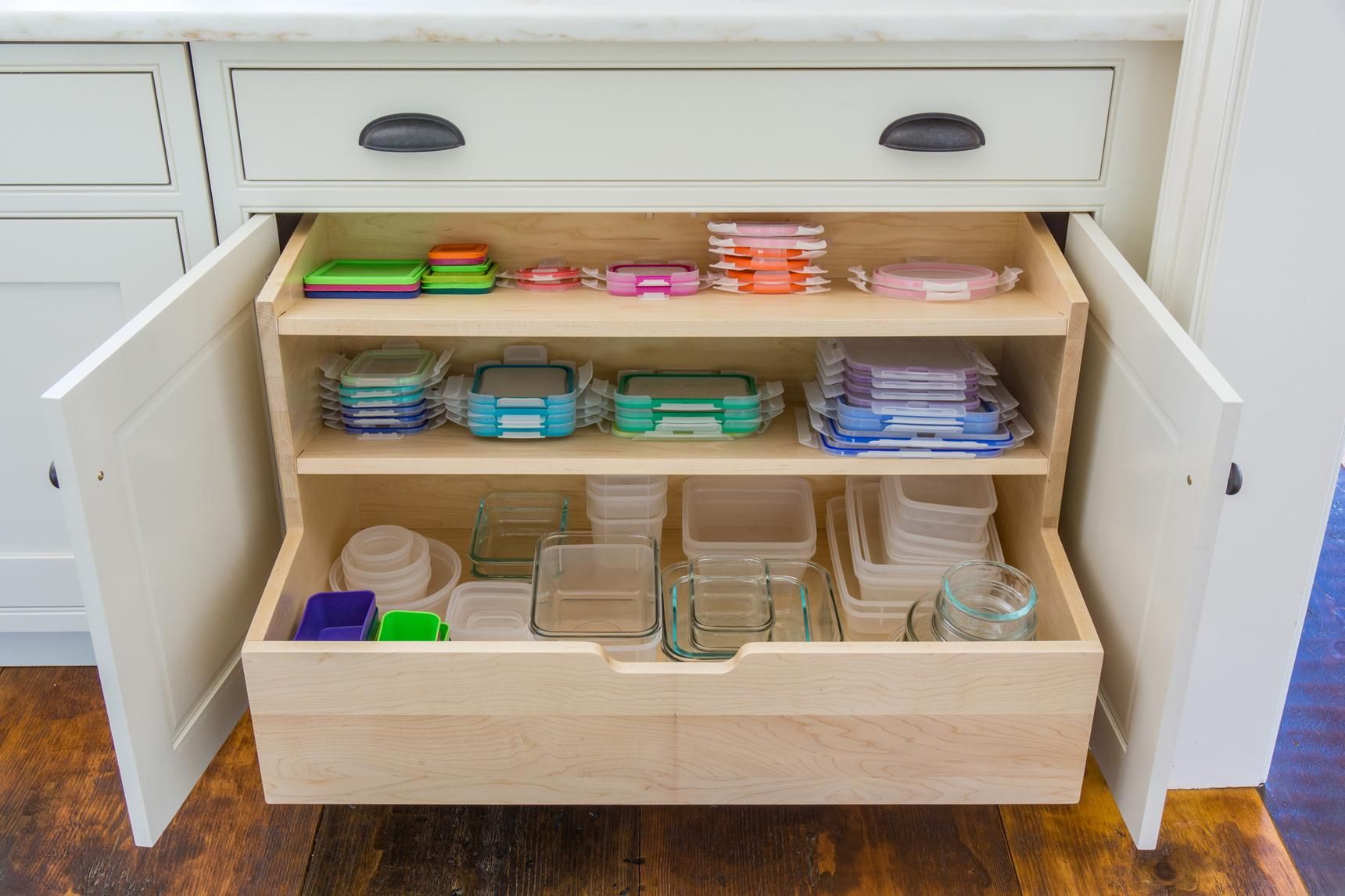

Interior Design
Organizing Tupperware: How To Organize Tupperware
Modified: November 2, 2024
Discover the best tips and tricks for organizing your Tupperware collection with our expert interior design advice. Say goodbye to clutter and hello to an organized kitchen!
(Many of the links in this article redirect to a specific reviewed product. Your purchase of these products through affiliate links helps to generate commission for Storables.com, at no extra cost. Learn more)
Introduction
Welcome to the world of Tupperware organization! If you’re someone who loves a neatly organized kitchen, then finding the perfect storage solutions for your Tupperware collection is essential. Tupperware containers are not only practical for storing food, but they also come in a variety of shapes and sizes, making them versatile for all your storage needs.
However, anyone who has ever owned Tupperware knows that keeping them organized can be a real challenge. It seems like no matter how carefully you stack them or arrange them, they somehow end up in a jumbled mess whenever you need to find a particular container or lid.
But fear not! In this article, we will guide you through the process of organizing your Tupperware collection, from decluttering and sorting to choosing the right storage solutions and maintaining the organization in the long term.
So, grab your favorite Tupperware container and let’s dive into the world of Tupperware organization!
Key Takeaways:
- Efficient Tupperware organization involves decluttering, sorting, choosing the right storage solutions, and maintaining the system. Regular maintenance and reorganization ensure an organized and functional kitchen setup.
- Labeling, tracking, and involving household members in the organization process are crucial for maintaining an efficient Tupperware collection. Regular decluttering and adapting to usage patterns contribute to a seamless and accessible kitchen experience.
Read more: How To Store Tupperware In Cabinets
Assessing Your Tupperware Collection
The first step in organizing your Tupperware is to assess your collection. Take a look at all your Tupperware containers and lids and evaluate their condition and usability. Discard any damaged containers or lids that are cracked or warped beyond repair. This will help you streamline your collection and make it easier to organize.
Next, consider your storage needs. How many Tupperware containers do you use regularly? Are there specific sizes or shapes that you tend to use more often? Understanding your storage needs will help you determine the type and quantity of storage solutions required.
If you find that you have too many Tupperware containers for your needs, consider donating or giving away the extras. This not only frees up space in your kitchen but also allows someone else to benefit from these containers.
Once you have assessed your collection and determined your storage needs, you are ready to move on to the next step: decluttering and sorting your Tupperware.
Decluttering and Sorting Tupperware
Decluttering and sorting your Tupperware collection is a crucial step in achieving an organized and functional kitchen. Here are some tips to help you through the process:
- Empty your Tupperware drawer or cabinet: Begin by removing all the Tupperware containers and lids from your storage area. This will allow you to see the full extent of your collection and make the sorting process easier.
- Match containers with lids: As you empty the storage area, start matching the containers with their corresponding lids. Set aside any containers or lids that are mismatched or orphaned. You can try to find a match for them later or decide to discard them if they no longer serve a purpose.
- Sort by size and shape: Once you have matched the containers with their lids, sort them by size and shape. This will help you easily locate the right container when you need it. Consider grouping similar-sized containers together or using dividers to keep them organized.
- Consider your usage frequency: Take into account how often you use certain Tupperware containers. If there are containers that you rarely use or have duplicates of, consider storing them in a separate area or at the back of the storage space. This will free up space for the containers that you use on a regular basis.
- Assess storage limitations: Evaluate your storage space and any limitations it may have. If you have limited drawer or cabinet space, prioritize the containers that you use the most and consider storing the less frequently used ones in alternative locations, such as higher shelves or in a separate storage bin.
By decluttering and sorting your Tupperware collection, you are laying the foundation for a well-organized storage system. Once you have completed this step, you can move on to choosing the right storage solutions for your containers and lids.
Choosing the Right Storage Solutions
Now that you have decluttered and sorted your Tupperware collection, it’s time to think about the right storage solutions to keep everything organized efficiently. Here are some factors to consider when selecting the ideal storage options:
- Stackable containers: Invest in stackable Tupperware containers that can be easily nested together. This will save space and allow you to utilize vertical storage effectively. Look for containers with lids that securely seal to prevent any spills or leaks.
- Modular sets: Consider purchasing modular Tupperware sets that offer containers of various sizes that can stack and snap together. This helps maximize storage space and ensures a uniform look in your cabinets or drawers.
- Specialty containers: If you have specific storage needs, such as for soup, salad, or sandwich, consider purchasing specialty Tupperware containers designed for these purposes. These containers often come with compartments or dividers to keep different food items separate and fresh for longer.
- Lid organizers: Tupperware lids can easily become a source of frustration when they are scattered and difficult to find. Invest in lid organizers or use adjustable dividers to keep lids neatly organized. This will make it easier to match lids with their respective containers.
- Drawer dividers: Utilize drawer dividers to separate Tupperware containers of different sizes within a drawer. This will prevent them from shifting and getting jumbled up, making it easier to access the container you need.
- Bins or baskets: If you have limited drawer or cabinet space, consider using bins or baskets to store and organize your Tupperware collection. Label each bin or basket to easily identify the contents inside and keep similar-sized containers grouped together.
Remember, finding the right storage solutions is essential in keeping your Tupperware collection organized and easily accessible. Assess your storage needs, consider the available space, and choose options that best fit your requirements.
Now that you have the storage solutions in place, let’s explore effective methods for organizing Tupperware lids.
Organizing Tupperware Lids
Tupperware lids can often be the most challenging part of keeping your Tupperware collection organized. They frequently get misplaced or become a jumbled mess in the storage area. Here are some tips to help you effectively organize your Tupperware lids:
- Use a lid organizer: Invest in a lid organizer or holder designed specifically for Tupperware lids. These organizers typically have slots or compartments where you can neatly store lids of various sizes. This not only keeps them organized but also makes it easier to find the right lid when you need it.
- Utilize a file organizer: Another option is to repurpose a file organizer as a lid holder. The vertical compartments of a file organizer can accommodate lids of different sizes, allowing you to sort and store them upright. This method works well for those who have limited drawer or cabinet space.
- Try a pegboard system: If you prefer a more customizable solution, consider using a pegboard system. Attach a pegboard to the inside of your cabinet door or on a wall, and insert pegs or hooks to hang your Tupperware lids. This allows for easy access and quick visual identification of the lids.
- Use tension rods: For deeper drawers or cabinets, you can use tension rods placed vertically to create sections for storing lids. Simply insert the tension rods at intervals to divide the space and place the lids horizontally between them. This method helps keep the lids organized and prevents them from sliding around.
- Stack lids vertically: If you have limited space, stacking lids vertically can be a space-saving solution. Align the lids by size and stack them vertically, placing the largest lids at the bottom and the smallest ones on top. This way, you can easily see and access each lid without rummaging through a pile.
- Label the lids: To further streamline your organization, consider labeling the Tupperware lids. You can use stickers or adhesive labels to indicate the container size or the type of food it typically holds. This helps you quickly identify the lid you need and simplifies the matching process.
By implementing these techniques, you can maintain an orderly system for your Tupperware lids, ensuring that they are easily accessible and free from clutter.
Now that you have organized your Tupperware lids, let’s move on to the next step: stacking and storing your Tupperware containers.
Use drawer dividers or stackable containers to keep Tupperware lids and containers organized and easily accessible. Sort by size for efficient storage.
Read more: How To Use Tupperware Steamer
Stacking and Storing Tupperware Containers
Once you have sorted and organized your Tupperware lids, it’s time to focus on the containers themselves. Properly stacking and storing your Tupperware containers will not only save space but also make it easier to locate and utilize them. Here are some tips for stacking and storing Tupperware containers:
- Stack similar-sized containers: When it comes to stacking Tupperware containers, it’s best to group similar-sized containers together. This makes it easier to find the size you need without rummaging through a stack of different-sized containers. Place the larger containers at the bottom and stack the smaller ones on top.
- Nest containers with their lids: Whenever possible, nest Tupperware containers with their corresponding lids. This saves space and keeps everything more organized. Ensure that the lids are securely placed on the containers to prevent them from falling off or getting lost.
- Consider using dividers: To prevent Tupperware containers from toppling over or sliding around, consider using dividers within your storage space. This can be in the form of adjustable drawer dividers or vertical organizers within the cabinet. Dividers help keep each container in place and maintain a neat and orderly stack.
- Utilize vertical storage: If you have limited cabinet or drawer space, make use of vertical storage options. You can invest in stackable containers that can be easily nested or modular sets that snap together. Another option is to use vertical stands or racks specifically designed for storing Tupperware containers. This allows you to utilize the vertical space and maximize storage capacity.
- Avoid overcrowding: While it’s tempting to fit as many containers as possible into a small space, avoid overcrowding. Overcrowding can make it difficult to access and retrieve containers, leading to disorganization and frustration. Leave some breathing room between stacks to ensure ease of use.
- Secure loose containers: If you have Tupperware containers that do not stack well or have odd shapes, secure them using rubber bands or silicone bands. This helps keep the containers together and prevents them from shifting or falling apart when storing or retrieving other containers.
By following these stacking and storing techniques, you can maintain an organized and efficient Tupperware storage system. Now let’s explore strategies for arranging Tupperware in drawers or cabinets!
Arranging Tupperware in Drawers or Cabinets
Once you have sorted and stacked your Tupperware containers, it’s time to arrange them in your drawers or cabinets for easy access and maximum organization. Here are some strategies to help you arrange your Tupperware in drawers or cabinets:
- Separate lids and containers: To avoid unnecessary searching and frustration, separate the lids from the containers. Place the lids in one section of the drawer or cabinet and the containers in another. This will help you quickly find the lid you need without rummaging through a mix of containers.
- Utilize dividers or inserts: Drawer dividers or inserts can be an excellent way to keep your Tupperware containers organized within a drawer. These dividers can separate different sizes or shapes of containers, ensuring everything has its designated spot. They also help prevent containers from shifting or sliding around when the drawer is opened or closed.
- Arrange by size or frequency of use: When arranging your Tupperware containers, consider organizing them either by size or frequency of use. Arrange containers of similar sizes together so that you can easily find the size you need. Alternatively, you can arrange them based on how often you use them, placing the most frequently used containers in the front for quick access.
- Stack vertically or horizontally: Depending on the available space in your drawers or cabinets, you can choose to stack your Tupperware containers vertically or horizontally. Vertical stacking works well if you have limited space and want to fit more containers in a small area. Horizontal stacking allows for easy access and visibility of the containers.
- Use containers or bins: Another option is to use containers or bins within your drawers or cabinets to group and contain your Tupperware. This helps to avoid a jumbled mess and keeps everything neatly organized. Label the containers or bins to easily identify the contents inside.
- Consider pull-out drawer organizers: If you want to take your Tupperware organization to the next level, consider installing pull-out drawer organizers specifically designed for Tupperware. These organizers typically have adjustable dividers and compartments that can be customized to fit your containers perfectly. They make accessing and organizing your Tupperware a breeze.
By applying these strategies, you can arrange your Tupperware in drawers or cabinets in a way that maximizes space, minimizes clutter, and allows for easy access to your containers and lids.
Now that your Tupperware is neatly arranged, let’s explore the importance of labeling and tracking your collection.
Labeling and Tracking Tupperware
Labeling and tracking your Tupperware collection is an essential step in maintaining an organized and efficient system. When everything is properly labeled and tracked, it becomes easier to locate specific containers, match lids, and keep track of your inventory. Here are some tips for labeling and tracking your Tupperware:
- Use adhesive labels: Label each Tupperware container with an adhesive label. You can choose to write directly on the label or use a label-maker for a more professional look. Include information such as the container size, contents, or any other relevant details. This helps you quickly identify the container you need without searching through each one.
- Color-coded labels: Consider using color-coded labels to further enhance your organization. Assign a different color to each category or type of food stored in the Tupperware. For example, use green labels for vegetables, blue labels for leftovers, and so on. This makes it even easier to identify and locate specific containers.
- Track inventory with a spreadsheet: If you have a large collection of Tupperware, you may find it helpful to track your inventory using a spreadsheet. Create columns for the container size, lid size, contents, and any other relevant information. As you use or add new Tupperware, update the spreadsheet to keep track of your collection. This helps prevent unnecessary duplicates and ensures you have the right containers for your needs.
- Rotate containers regularly: To avoid neglecting certain containers or forgetting about leftovers, make it a habit to rotate your Tupperware regularly. Store newer containers at the back of the storage area and move older containers to the front for easy visibility and accessibility. This helps ensure that all your Tupperware gets used and reduces the chances of food going to waste.
- Periodic inventory check: Set a regular schedule to review your Tupperware inventory. Remove any containers that are damaged or worn out and check for any missing lids. Use this time to update your inventory spreadsheet and make any necessary adjustments to your Tupperware organization system.
- Train household members: If you share a kitchen with family members or roommates, educate them on your Tupperware organization system and the importance of labeling and tracking. Encourage everyone to use and maintain the system consistently to ensure smooth and efficient access to the Tupperware collection.
By implementing these labeling and tracking methods, you can maintain an organized Tupperware collection, reduce waste, and make meal prep and storage more efficient.
Now that you have learned how to label and track your Tupperware, let’s explore how to maintain and reorganize your setup for long-term success.
Maintaining and Reorganizing Tupperware Setup
Once you have established an organized Tupperware setup, the key to long-term success is to maintain it and be willing to reorganize as needed. Regular maintenance and reorganization ensure that your Tupperware collection remains functional and efficient. Here are some tips for maintaining and reorganizing your Tupperware setup:
- Regularly declutter: Set aside time every few months to declutter your Tupperware collection. Remove any containers or lids that are damaged, no longer used, or mismatched. This prevents your collection from becoming cluttered and makes it easier to find what you need.
- Reevaluate storage solutions: Occasionally reassess your storage solutions to ensure they are still working efficiently. As your Tupperware collection grows or changes, you may need to invest in additional storage options or modify your existing ones. Consider your storage needs and make adjustments accordingly to maintain a well-organized setup.
- Reorganize based on usage patterns: Pay attention to how you use your Tupperware and reorganize it accordingly. If you find that certain containers are consistently used together, consider storing them in a designated section for easy access. Adapt your arrangement to reflect your usage patterns and make the most of your Tupperware collection.
- Replace worn-out containers or lids: Over time, Tupperware containers and lids may become worn out or damaged. Replace them as needed to maintain a functional and organized collection. This ensures that your Tupperware remains in good condition and prevents frustration when searching for matching containers and lids.
- Revise labels and tracking: As you reorganize your Tupperware, take the opportunity to revise and update labels and tracking methods. Remove labels from containers that are no longer accurate and relabel containers with new contents or relevant details. Update your inventory spreadsheet if necessary to reflect any changes in your Tupperware collection.
- Involve household members: If you share your kitchen with others, involve them in the maintenance and reorganization process. Encourage everyone to contribute to keeping the Tupperware setup organized and tidy. Regularly communicate and update each other on any changes or adjustments made to the system.
Maintaining and reorganizing your Tupperware setup is an ongoing process that ensures a functional and efficient storage system. By regularly decluttering, reassessing storage solutions, and adapting to your usage patterns, you can continue to enjoy the benefits of an organized Tupperware collection.
Now that you have the knowledge and strategies to maintain and reorganize your Tupperware setup, let’s wrap up our discussion.
Read more: How To Store Blueberries In Tupperware
Conclusion
Organizing your Tupperware collection is not only a practical endeavor, but it also brings a sense of peace and efficiency to your kitchen. By following the steps and strategies outlined in this article, you can ensure that your Tupperware stays neatly organized and easily accessible.
Assessing your Tupperware collection, decluttering and sorting, choosing the right storage solutions, organizing lids, stacking containers, arranging in drawers or cabinets, labeling and tracking, and maintaining and reorganizing are all essential aspects of creating an efficient Tupperware setup.
Remember to regularly declutter, reevaluate your storage solutions, and adapt to your usage patterns as your Tupperware collection evolves. Replace worn-out containers or lids and revise your labeling and tracking systems to keep everything up to date.
By maintaining an organized Tupperware collection, you can save time and effort in the kitchen. No more searching for the right lid or stacking containers haphazardly. An organized Tupperware setup allows you to quickly locate what you need, reduce waste, and streamline your meal preparation and storage processes.
So, take the time to assess your Tupperware collection, implement the suggested strategies, and enjoy the benefits of an organized and efficient kitchen. With a little effort and regular maintenance, you can achieve a Tupperware setup that not only looks good but also works seamlessly for you.
Happy organizing, and may your Tupperware always be neatly stacked and easily accessible!
Frequently Asked Questions about Organizing Tupperware: How To Organize Tupperware
Was this page helpful?
At Storables.com, we guarantee accurate and reliable information. Our content, validated by Expert Board Contributors, is crafted following stringent Editorial Policies. We're committed to providing you with well-researched, expert-backed insights for all your informational needs.
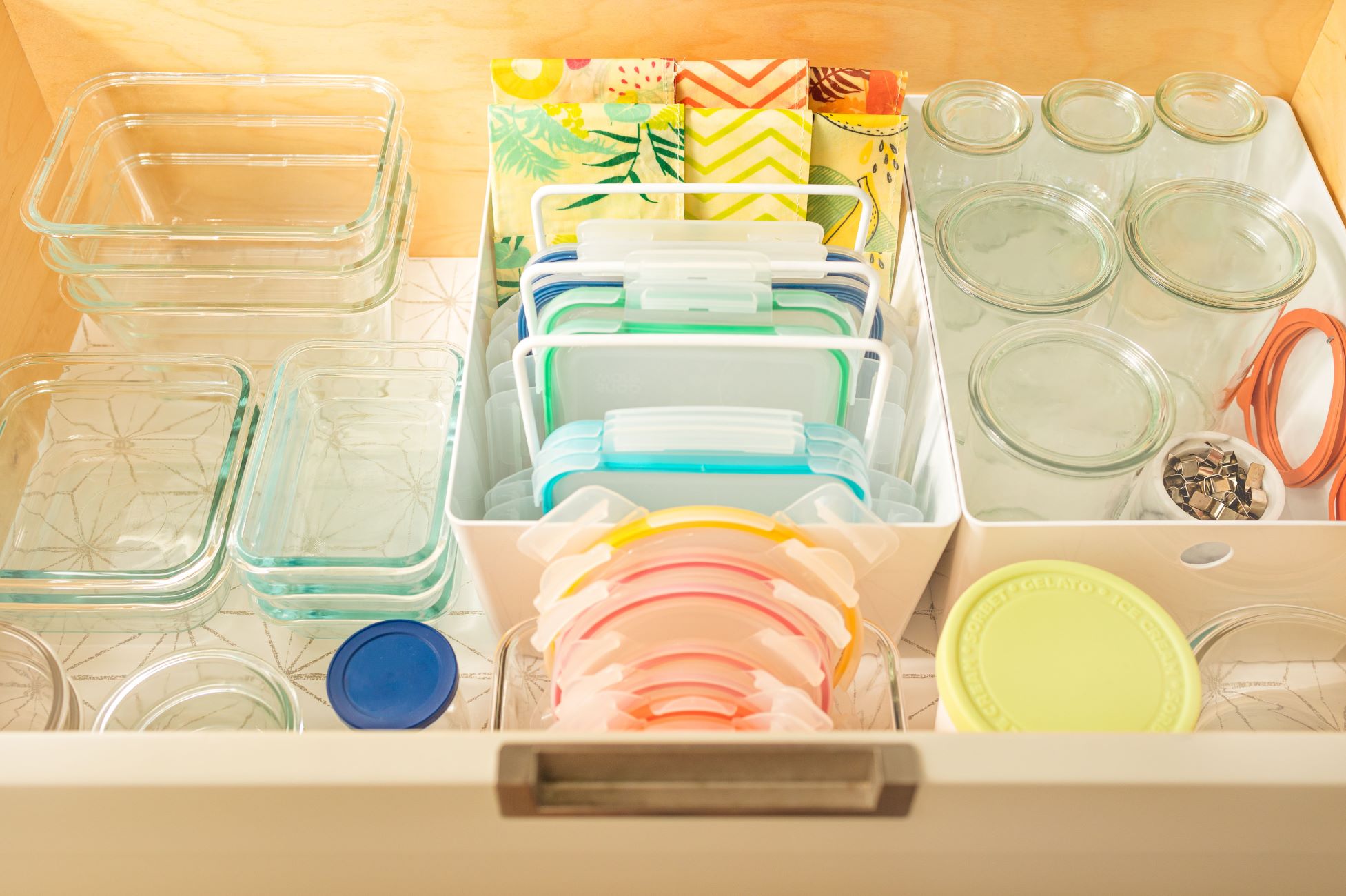
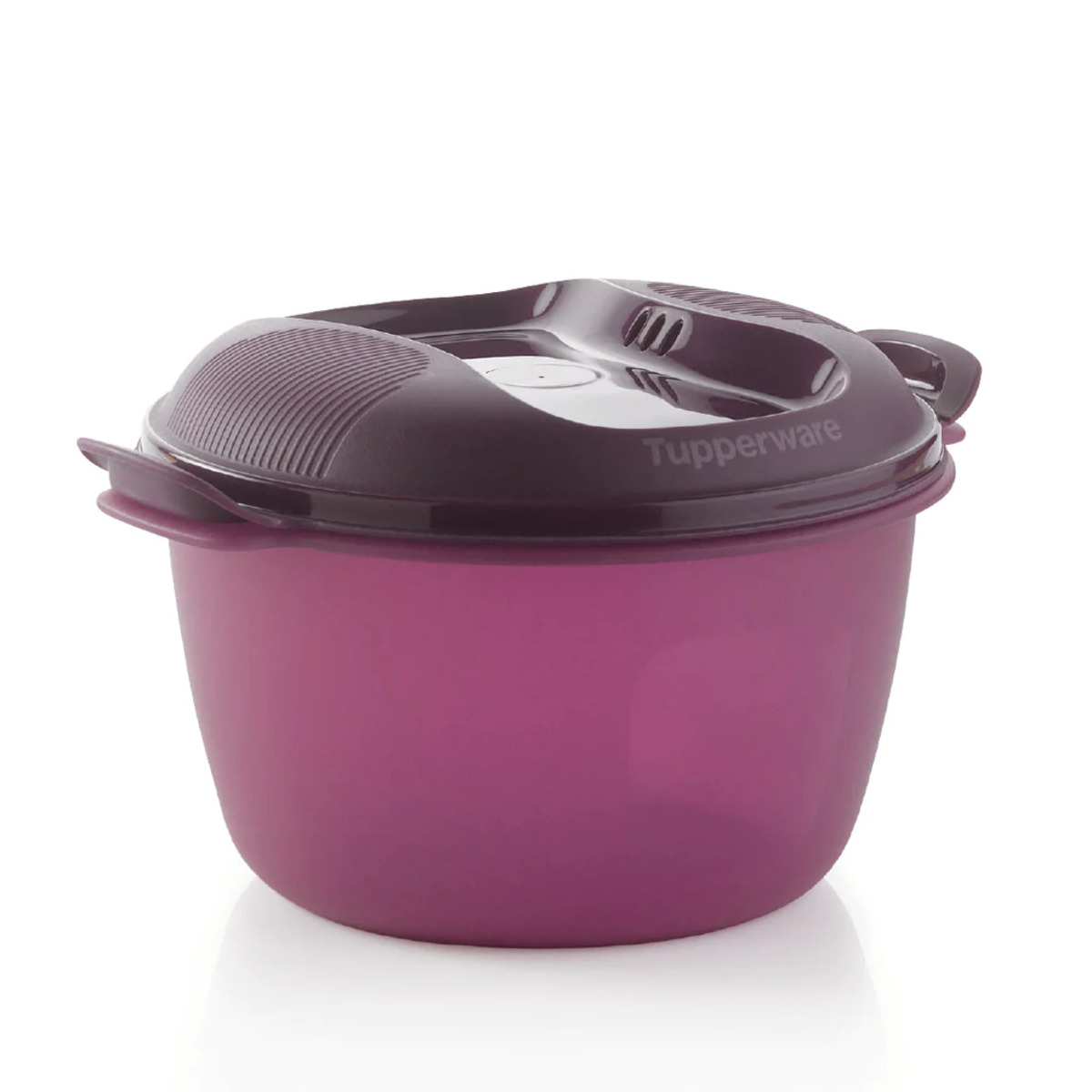
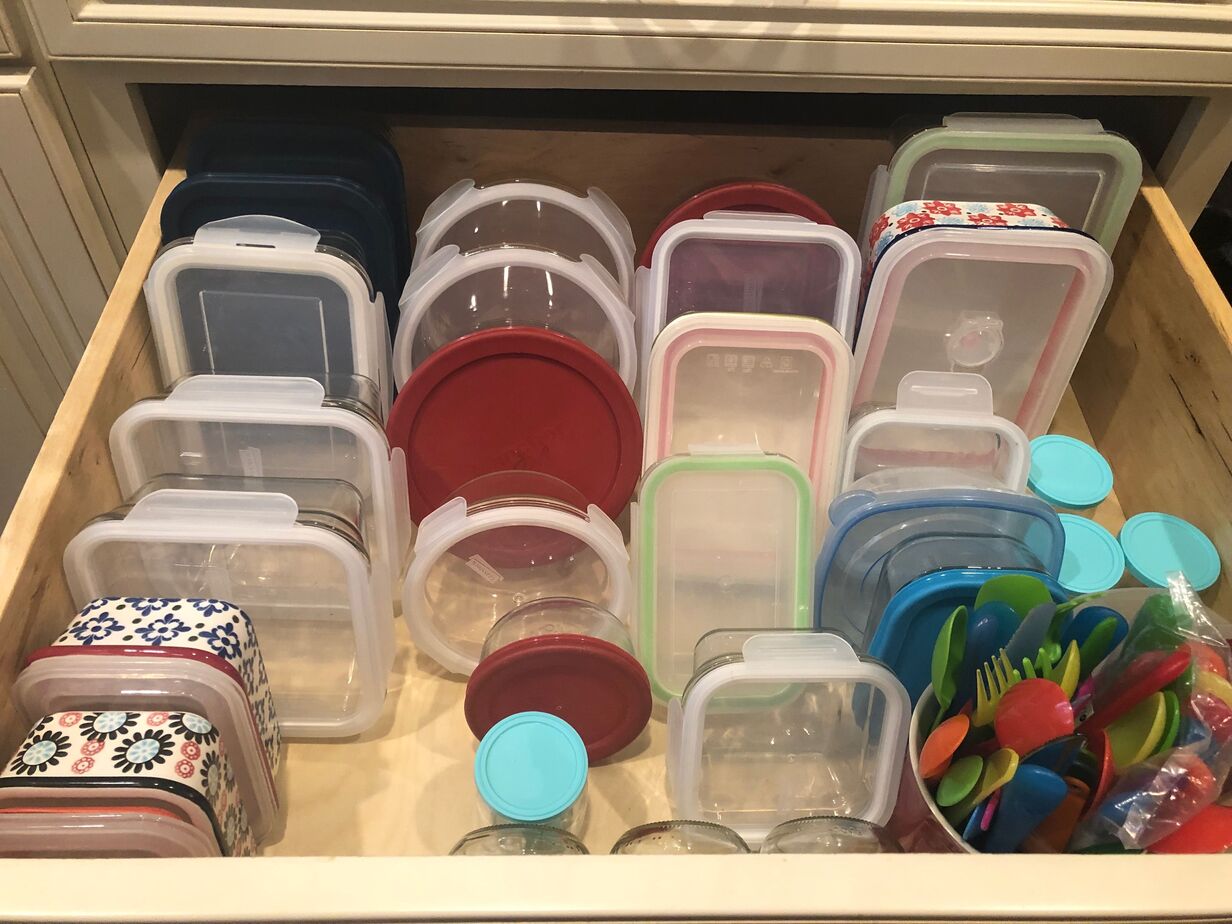
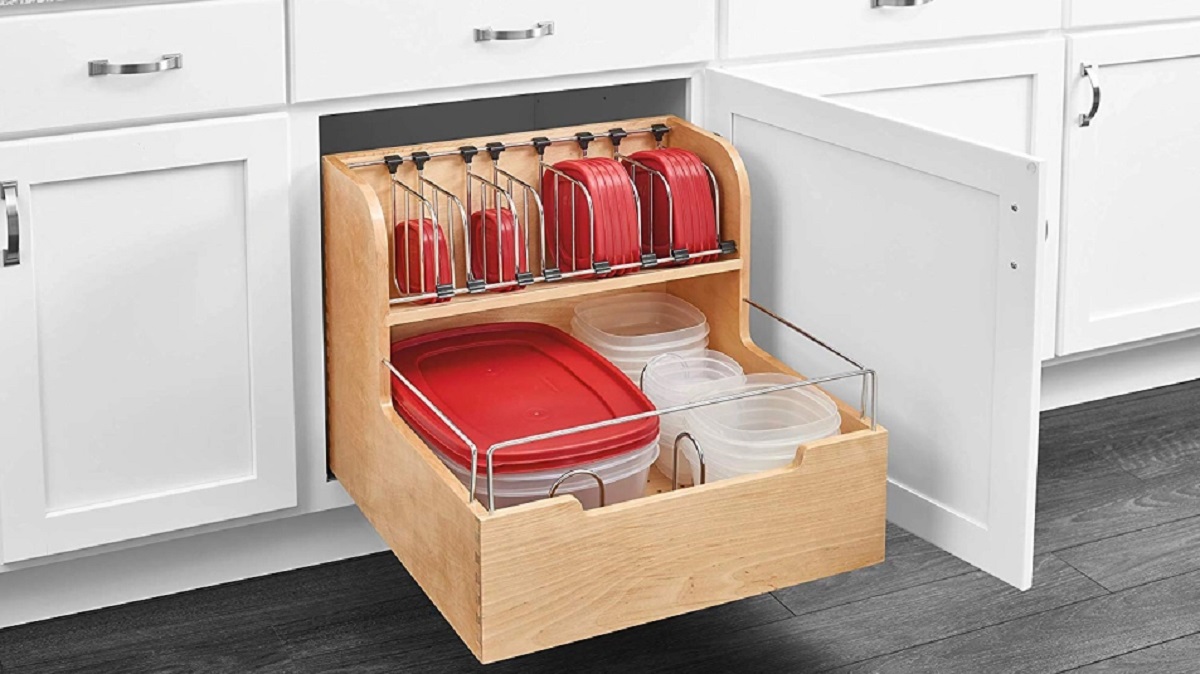
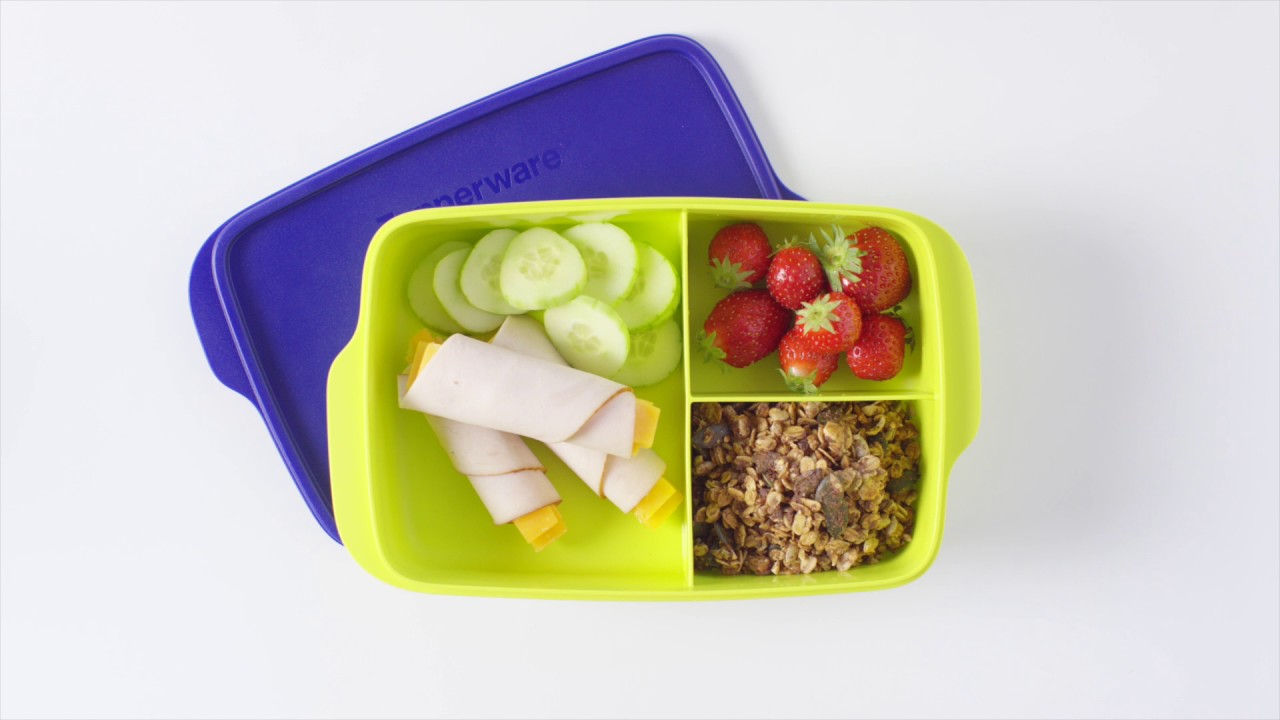
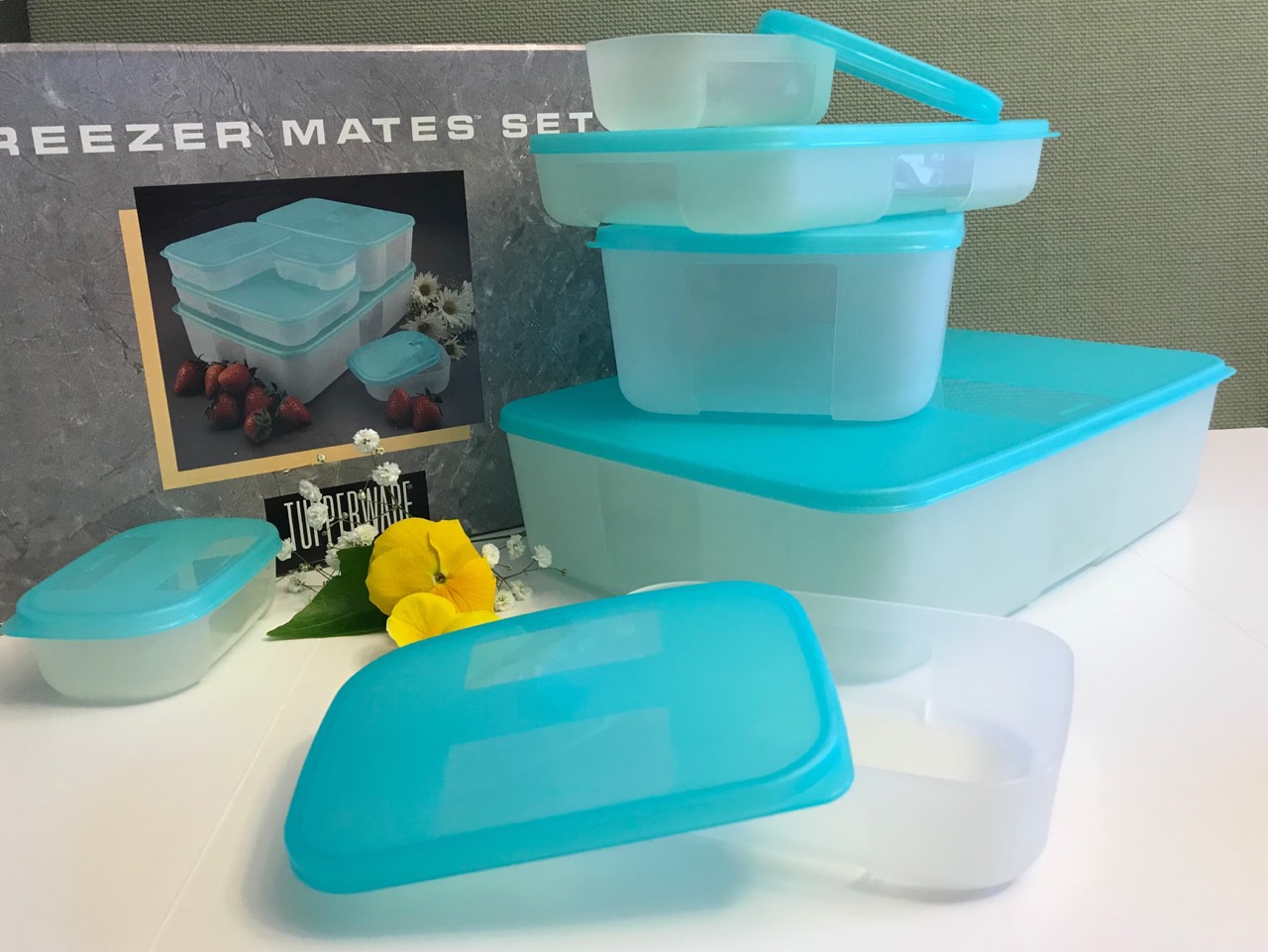

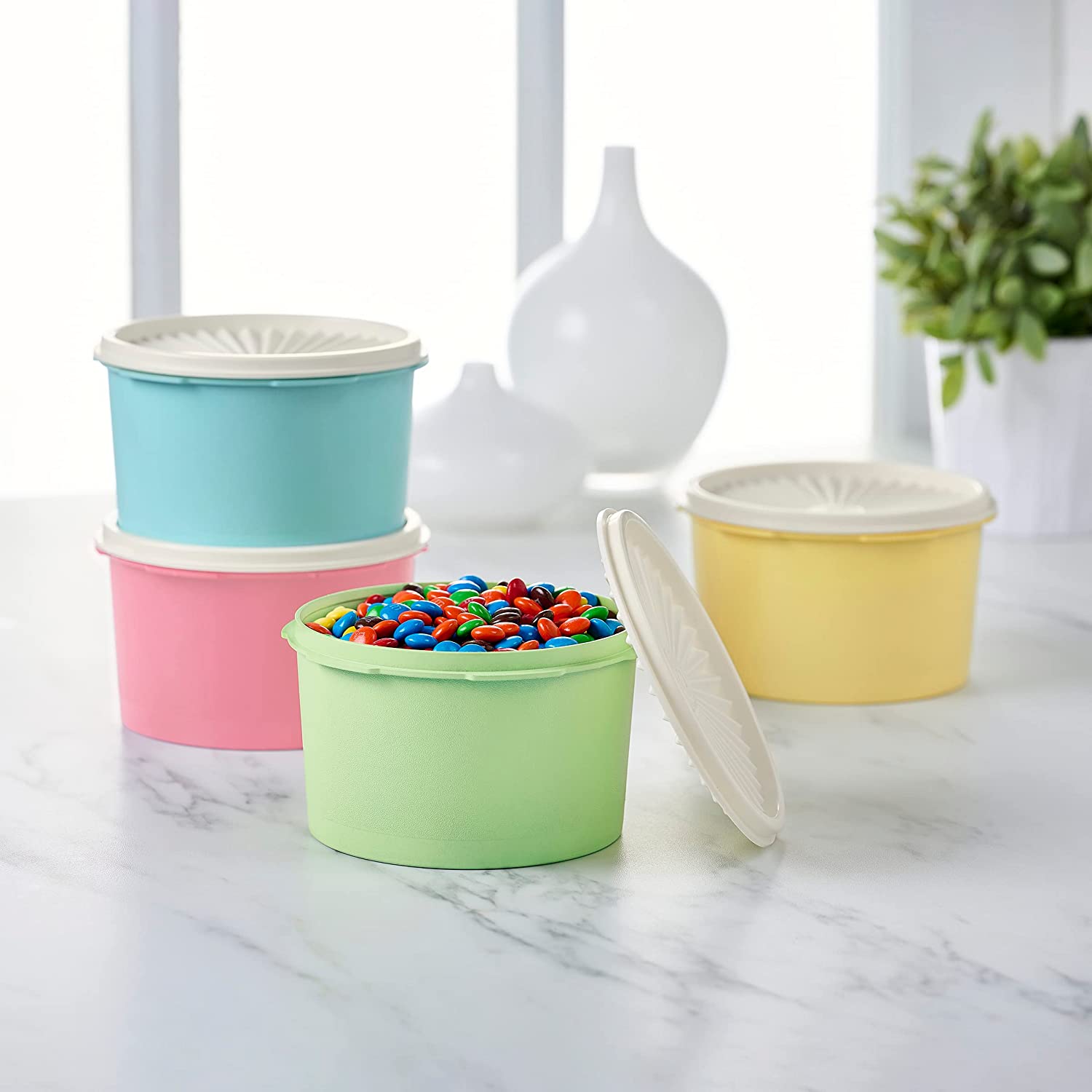
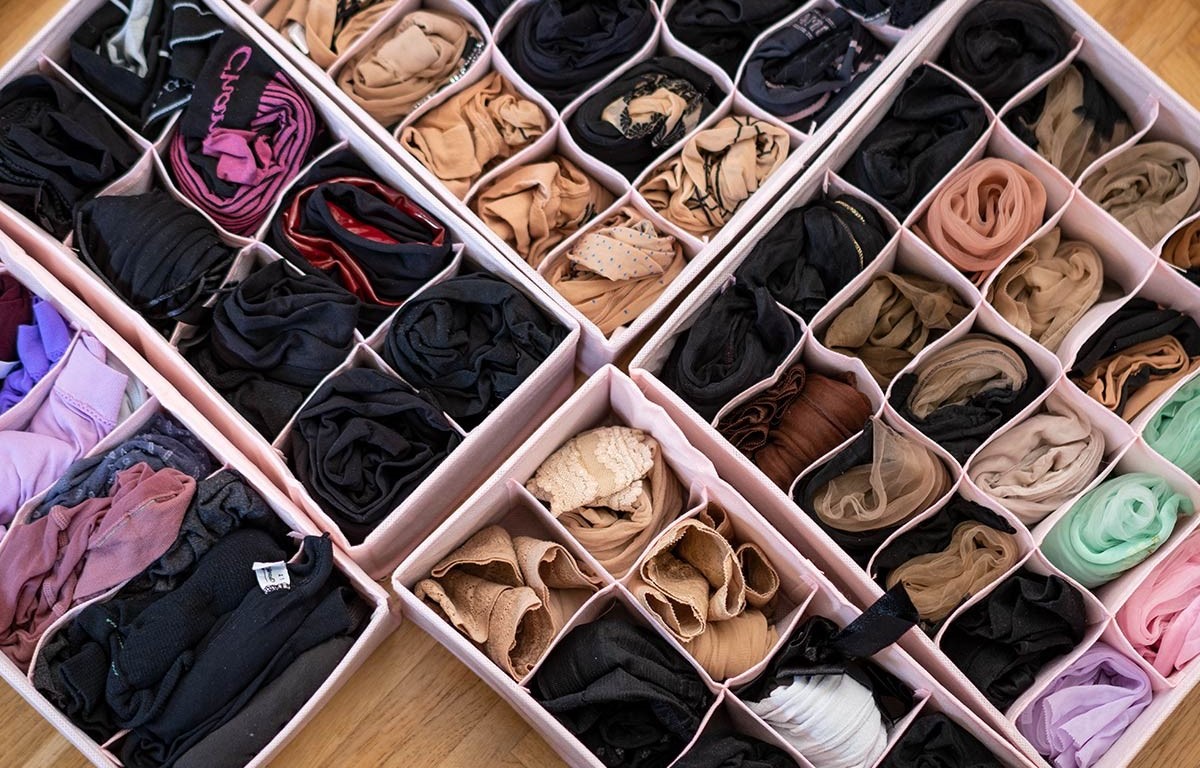


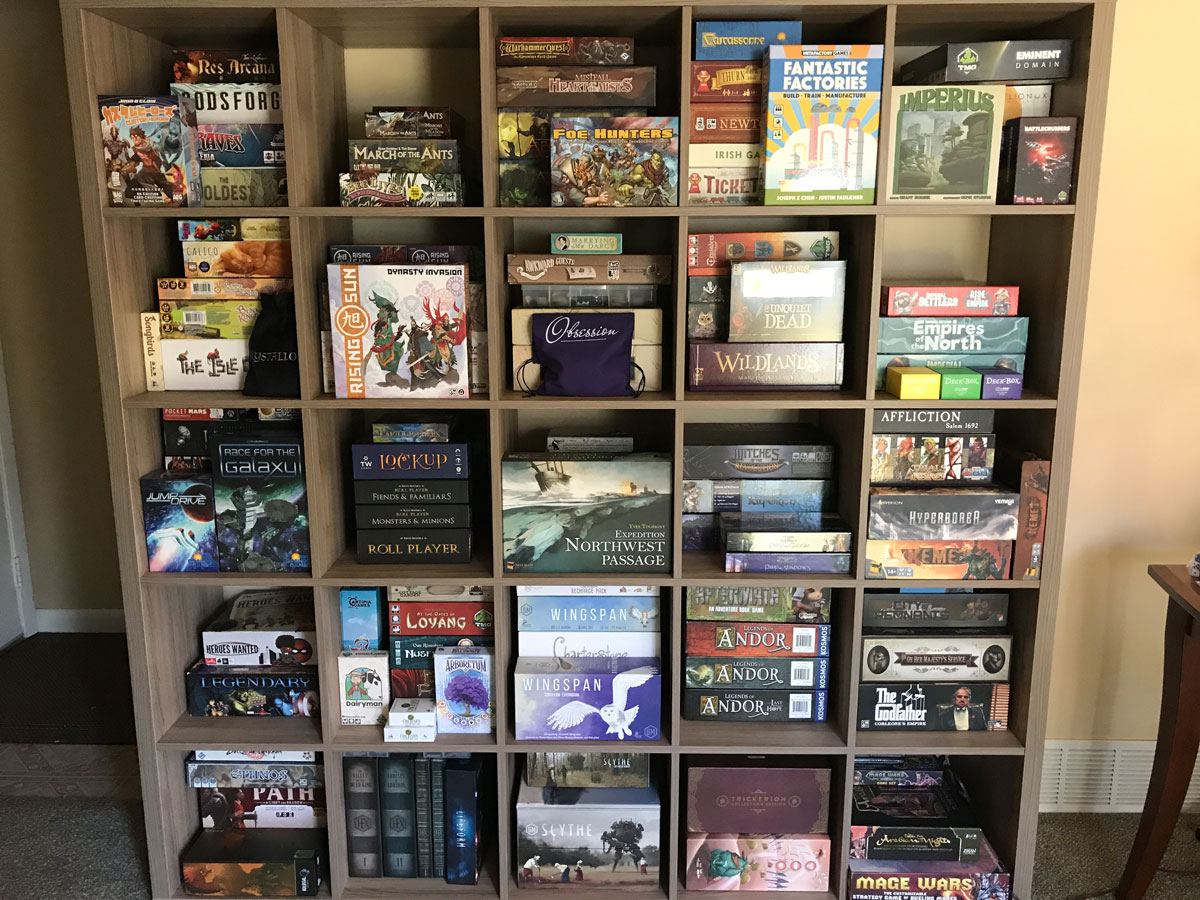
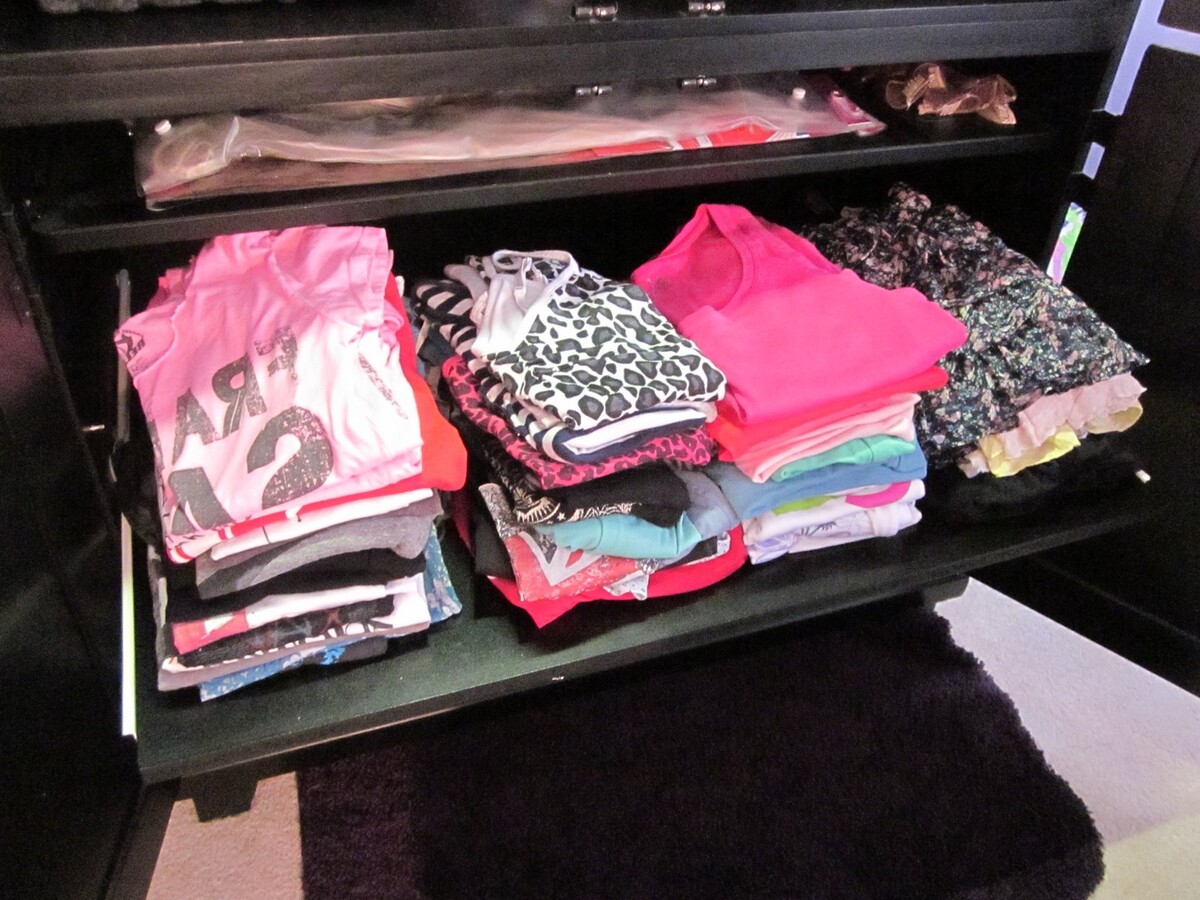

0 thoughts on “Organizing Tupperware: How To Organize Tupperware”